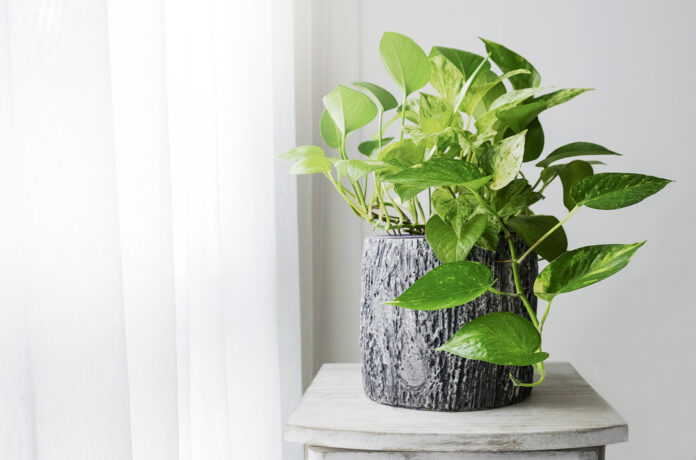Introduction to Toxic Home Syndrome
You arrive home after a long day at work, thinking you can finally breathe freely again. However, the air in your home may not be as clean as you think. In fact, studies show that the amount of some pollutants is between two and five times higher at home than outdoors. This is known as Toxic Home Syndrome, and it’s caused by a variety of factors, including construction materials, combustion of gas or fuel, and mite infestations. These pollutants can lead to allergies, asthma, and even lung diseases.
The Problem with Current Air Filters
One of the main problems with current air filters is their inability to remove hazardous microparticles such as chloroform or benzene. These pollutants are present in chlorinated water and fuel used in heating systems, and they can have serious health effects. To address this issue, researchers at the University of Washington have been working on a new solution.
Genetically Modified Plants: The Solution
The research team has been experimenting with genetically modified plants that can purify the air in your home. They’ve been working with a common houseplant, the pothos ivy (Epipremnum aureum), and have introduced a genetic modification that allows the plant to express the 2E1 protein. This protein is present in all mammals and is responsible for breaking down alcohols. The team’s goal is to use this protein to transform pollutants into nutrients and compounds that are beneficial for the plant’s growth.
How it Works
The 2E1 protein works by breaking down benzene into phenol and chloroform into carbon dioxide and chloride ions. The scientists call these plants "green livers" because of their ability to detoxify the air. The results of the study are promising, with an 82% reduction of chloroform in three days and a 75% reduction of benzene in eight days.
Benefits of the New Technology
One of the best things about this new technology is that it’s completely green. The plants don’t require any external power source to clean the air, making them a sustainable and eco-friendly solution. The team is also working on adding a protein that can remove formaldehyde, another common pollutant.
Conclusion
Toxic Home Syndrome is a real issue that affects many people around the world. While current air filters have their limitations, the new technology developed by the University of Washington offers a promising solution. Genetically modified plants that can purify the air in your home are a green and sustainable way to improve indoor air quality. With further research and development, these plants could become a common feature in homes around the world, helping to create a healthier and more sustainable living environment.

